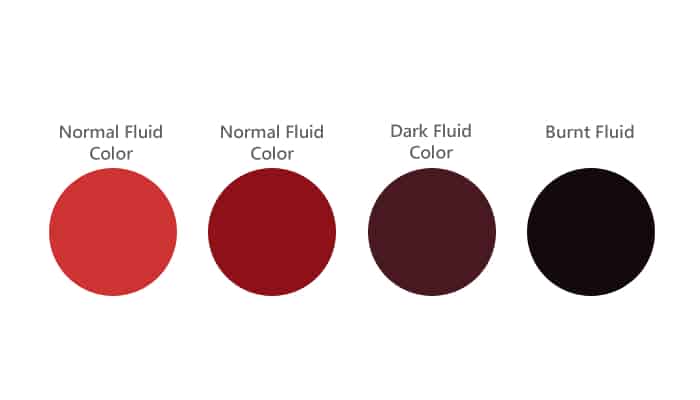Ford F350 Transmission Fluid Capacity
When it comes to maintaining your Ford F350, one of the essential tasks is checking and changing the transmission fluid. The transmission fluid plays a crucial role in keeping your vehicle’s transmission running smoothly and efficiently. In this article, we will discuss the transmission fluid capacity for the Ford F350, along with some important details you need to know.
Transmission Fluid Capacity and Type
| Popular posts |
|---|
| What to do to prolong the life of your manual gearbox |
| Automatic transmission: what it is, how it works |
Before we dive into the specifics, let’s take a look at the transmission fluid capacity for the Ford F350. The capacity can vary depending on the model year and engine type of your F350. Here’s a table outlining the transmission fluid capacity in both quarts and liters:
| Model Year | Engine Type | Transmission Fluid Capacity (Quarts) | Transmission Fluid Capacity (Liters) |
|---|---|---|---|
| 1999-2003 | 5.4L, 6.8L | 17.0 | 16.1 |
| 2004-2010 | 5.4L, 6.8L | 17.0 | 16.1 |
| 2011-2016 | 6.2L, 6.7L | 17.0 | 16.1 |
| 2017-Present | 6.2L, 6.7L | 17.0 | 16.1 |
Now that you know the transmission fluid capacity for your Ford F350, let’s talk about the type of transmission fluid you should use. It is crucial to use the correct type of fluid to ensure optimal performance and longevity of your transmission. For the F350, Ford recommends using Mercon LV Automatic Transmission Fluid (ATF). It is essential to follow this recommendation and avoid using any other type of fluid, as it can lead to transmission damage and costly repairs.
Changing the Transmission Fluid
Changing the transmission fluid in your Ford F350 is a relatively straightforward process. However, it is essential to follow the proper steps to ensure a successful fluid change. Here’s a step-by-step guide to help you:
- Park your F350 on a level surface and engage the parking brake.
- Locate the transmission fluid dipstick, usually located near the back of the engine bay.
- Remove the dipstick and wipe it clean with a lint-free cloth.
- Reinsert the dipstick fully and then remove it again to check the fluid level. Ensure that the fluid is within the recommended range.
- If the fluid appears dirty or has a burnt smell, it is time to change it.
- Using a suitable fluid transfer pump, drain the old transmission fluid into a suitable container.
- Once the fluid is drained, replace the drain plug if applicable.
- Refill the transmission with the recommended amount of Mercon LV ATF using a funnel.
- Check the fluid level again using the dipstick and add more fluid if necessary.
- Start the engine and let it idle for a few minutes to allow the fluid to circulate.
- Check the fluid level once more and adjust if needed.
- Dispose of the old transmission fluid properly, following local regulations.
Remember, safety is crucial when working with any vehicle maintenance task. Make sure to wear appropriate protective gear, such as gloves and safety glasses, and take necessary precautions to prevent accidents or injuries.
Now that you have all the information you need about the transmission fluid capacity for your Ford F350, you can confidently maintain your vehicle’s transmission and keep it running smoothly. Regularly checking and changing the transmission fluid will help prolong the life of your transmission and ensure optimal performance for years to come.
What Color Should Transmission Fluid Be?


